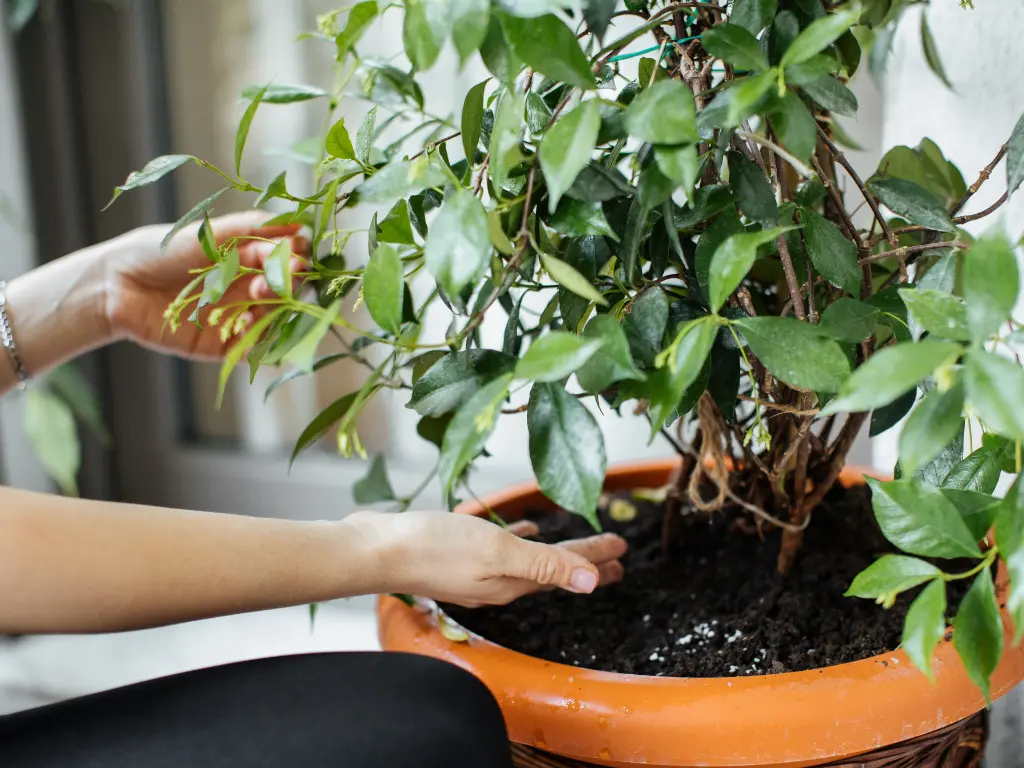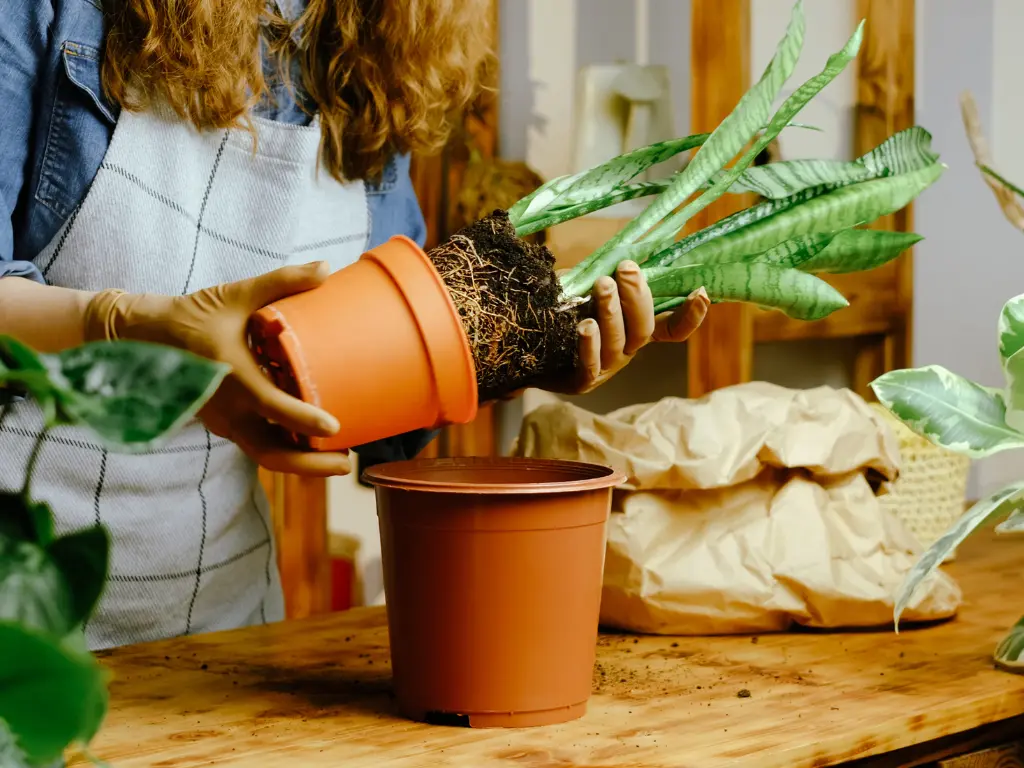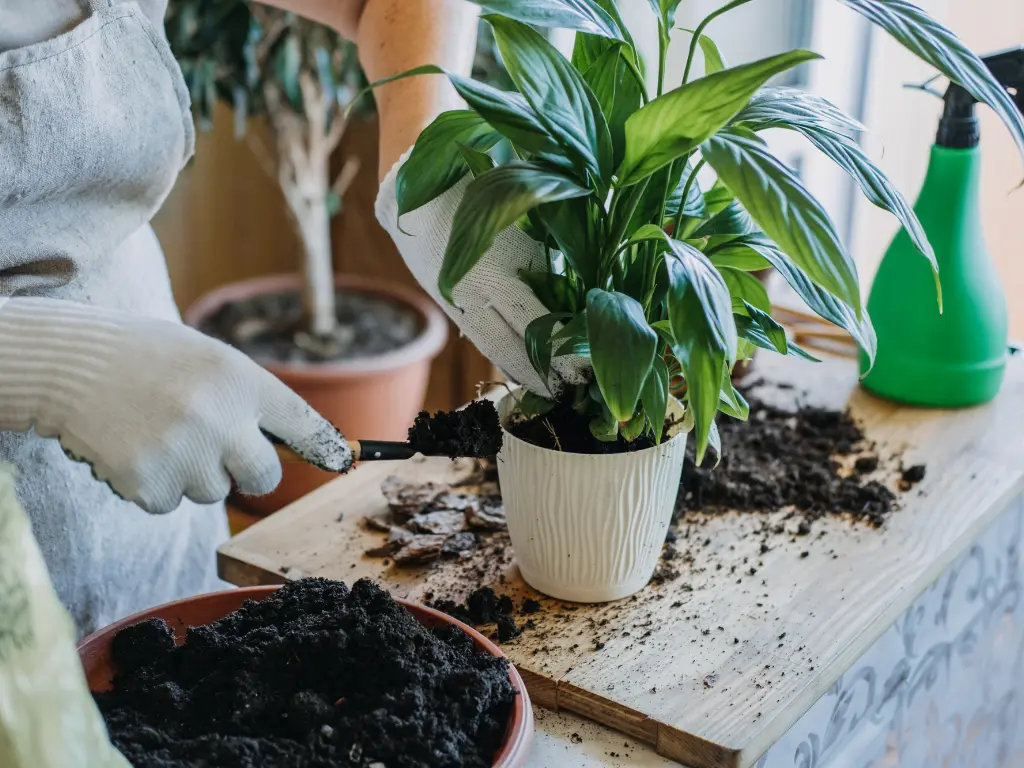Ever walked into your home on a scorching summer day only to find your beautiful indoor plants looking droopy, sunburned, or just plain sad? You’re not alone. Many plant lovers struggle with how to keep their houseplants happy and thriving during the intense heat of summer. If you’ve ever searched for “how to keep indoor plants healthy in summer” or “summer houseplant care tips,” then you’re definitely in the right place.
As someone who once lost a gorgeous fiddle leaf fig to a heatwave (RIP, Figgy), I know firsthand how brutal summer can be on houseplants. That’s why I’m sharing these practical, beginner-friendly tips to help you keep your leafy friends lush, green, and thriving even in the hottest months. Whether you’re just starting out with your first pothos or you’re managing an entire indoor jungle, these strategies will help your plants not just survive, but shine.
1. Adjust Your Watering Routine

In summer, many plant owners think more heat equals more water. Not necessarily! Overwatering can cause root rot, while underwatering leads to sad, crispy leaves.
Here’s what works best:
-
Water deeply, but less often. This encourages roots to grow deeper and makes your plants more drought-resistant.
-
Water early in the morning or late evening when temperatures are cooler. This reduces evaporation and helps roots absorb moisture better.
-
Use a moisture meter or the good ol’ finger test (stick your finger an inch into the soil – if it’s dry, it’s time to water).
Pro tip: If your plant lives in a terracotta pot, remember it loses moisture faster than plastic ones, which means more frequent watering might be needed.
Real-life tip: I water my monstera every 5–7 days in summer, but my ZZ plant? Once every two weeks. Know your plant type!
2. Boost Indoor Humidity
Summer heat often comes with dry indoor air, especially if you’re running an AC. Many popular houseplants (like ferns, calatheas, and monstera) are tropical and love humidity.
Try these tricks to increase humidity:
-
Group your plants together to create a mini jungle – this creates a natural humid microclimate.
-
Place pebble trays under pots with water (but don’t let the roots sit in it).
-
Use a humidifier in rooms with lots of plants.
-
Misting is okay, but it’s not long-lasting – better as a supplement.
Avoid placing your plants directly near air conditioning vents, which dry them out faster. You can even move them to your bathroom after showers—hello free steam room!
Bonus tip: If you’re looking for low-effort, high-humidity-loving plants, try peace lilies, bamboo palms, or nerve plants.
3. Protect From Sun & Heat

Direct summer sunlight through a window can scorch your plant’s leaves. (Looking at you, crispy brown edges!)
Here’s how to avoid that:
-
Move sensitive plants away from direct light, especially south-facing windows.
-
Use sheer curtains or shade screens to diffuse the light.
-
Rotate your plants every week so all sides get even light exposure.
Signs of too much sun? Yellowing, curling, or scorched leaves. It’s like giving your plant a sunburn. Shade is their sunscreen!
Try moving sun-sensitive plants like snake plants and philodendrons to areas with bright, indirect light instead.
4. Cool–Climate Hacks for Your Indoor Jungle
Yes, plants can overheat too, especially during a heatwave. Their metabolism slows down, and they can quickly become stressed.
Try these plant-cooling strategies:
-
Keep windows closed during the heat of the day and open them at night for natural airflow.
-
Water in the evening for better nighttime absorption.
-
Leverage the plant’s own cooling method – transpiration – by keeping the environment humid.
Did you know? Transpiration helps plants cool down, kind of like sweating for leaves. Help them out by making sure humidity stays high!
Pro tip: Place larger leafy plants like dieffenbachia or rubber plants near smaller ones to create shade and help cool the whole group.
5. Vacation-Proof Your Plants
Going away for a few days? Don’t come home to a jungle apocalypse.
Prepare your plants before you leave:
-
Use terracotta watering spikes or glass water globes to slowly release moisture.
-
Move plants away from windows and into cooler spots.
-
Water thoroughly right before leaving.
-
Group plants and use the bathtub trick: place them on a wet towel in the tub with a shallow pool of water.
You can even use a DIY banana peel water mix before you leave – it’s a gentle natural fertilizer that provides a slow nutrient boost.
Personal tip: I always test-run my watering setup a few days before vacation to make sure it’s working. Better safe than wilted.
6. Feed & Fertilize Smartly

Plants grow faster in summer, but that doesn’t mean they need to be fed constantly. Think of fertilizer like coffee—great in moderation, but too much causes jitters (or in this case, burned roots).
Keep these tips in mind:
-
Use a balanced liquid fertilizer (10-10-10 or 20-20-20) every 3–4 weeks.
-
Avoid fertilizing during heat waves when your plants are stressed.
-
Try organic options like worm tea, compost tea, or banana peel water.
If you’re into sustainable gardening, organic options also help keep your soil microbiome healthy. Win-win!
7. Prune, Repot, and Monitor

Summer is a good time to give your plants a little TLC.
Here’s your green maintenance checklist:
-
Snip off dead or damaged leaves. This helps the plant focus its energy on new growth.
-
Check for pests like spider mites, aphids, and fungus gnats, which love warm, dry air.
-
Repot root-bound plants early in the summer so they have time to adjust before fall.
Look out for:
-
Fuzzy white mold on soil
-
Mushy stems
-
Sticky residue on leaves (a sign of pests)
Keep air circulating with a fan on low or by spacing plants out a bit more.
Frequently Asked Questions
1. How often should I water houseplants in summer?
It really depends on the specific type of plant and the environment in your home. As a general rule, most indoor plants need to be watered once or twice a week during summer. But always check the soil before watering—poke your finger into the top inch of soil. If it feels dry, it’s time to water. Some plants, like succulents or ZZ plants, can go longer between waterings, while tropical varieties may need more frequent care.
2. Can I fertilize during a heatwave?
It’s best to hold off on fertilizing during a heatwave. Your plants are already stressed from the high temperatures, and feeding them could overwhelm their systems. Wait until the temperature drops a bit and your plants perk up. Then, resume your regular fertilizing schedule with a balanced or organic option to help boost growth.
3. Can I put my indoor plants outside in summer?
Yes, you can! Many houseplants enjoy fresh air and natural light, but they need to be acclimated slowly to outdoor conditions. Start by placing them in a shaded area for a few hours a day, gradually increasing the time they spend outside. Be sure to avoid direct afternoon sunlight, which can burn leaves, and bring them in if night temperatures drop below 50°F.
4. How do I stop leaves from burning?
The best way to prevent leaf burn is to diffuse strong sunlight. Use sheer curtains or move plants a few feet back from south- or west-facing windows. Also, rotate your plants regularly to avoid one side getting too much light. If you’re moving them outdoors, choose a shady spot or use a sunshade to protect delicate foliage. Keep an eye out for warning signs like yellowing or browning edges, and move plants as needed.
Conclusion
Houseplant care in the summer isn’t hard once you know what to look for. Think of it like this: your plants just need a little extra hydration, a break from the heat, and some light feeding to thrive. With these tips, you’ll keep your indoor garden green, happy, and totally summer-ready.
Have a favorite summer houseplant hack? Drop it in the comments or share this post with a fellow plant lover!
Related articles:


7 Vegetables to Plant in December for a Bountiful Winter Harvest
Winter gardening is a challenge many new gardeners shy away from. But if you’re among [...]
Dec
9 Common Christmas Cactus Problems and How to Fix Them
Have you ever walked past your Christmas cactus and wondered why it suddenly looks sad? [...]
Nov
Swedish Ivy Care: How to Grow a Healthy, Thriving Plant
Have you ever looked at your Swedish Ivy and wondered why the leaves are turning [...]
Nov
Avoid These 10 Garlic Planting Mistakes for Bigger, Healthier Bulbs
Growing garlic at home is one of the most satisfying things a gardener can do [...]
Nov
How to Prevent Christmas Cactus Bud Drop: Tips for a Healthy Bloom
Have you ever noticed your beautiful Christmas cactus (Schlumbergera) starting to lose its buds just [...]
Nov
Discover 7 Stunning Types of Night-Blooming Cereus
Have you ever waited for a flower that only opens at night and then disappears [...]
Nov